A Brave Warrior with Guts
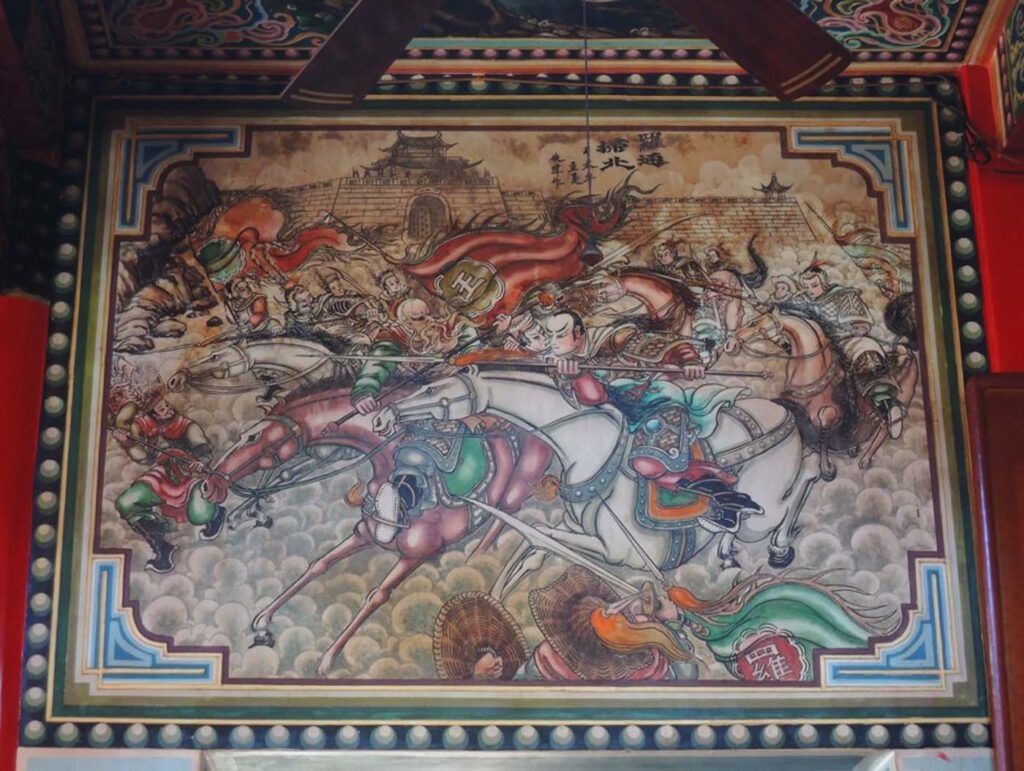
A Brave Warrior with Guts (1991)”Luo Tong Sweeps the North”, Caiyuan dong’an’gong Temple, Magong CC BY-NC-SA 4.0 – Wall painting is an adequate to transmit the religion’s value. This painting in a Taoist temple depicts a scene before the heroic sacrifice of a fictional warrior. When General Luo Tong joined Emperor Tang Taizong’s (reign 626-649) expeditionary […]
Manchu face, Universal body

Manchu face, Universal body (Early 18th century) Ge ti ciowan lu bithe, or Manchu Anatomy (based on Thomas Bartholin, Anatomia, 1684), Muséum national d’Histoire naturelle, Paris – The Jesuits actively persuaded the Kangxi Emperor to study anatomy. They hoped that he would convert to Christianity while marveling at the wonders of the various parts of […]
The Dissected Horse

The Dissected Horse (15th century?) Pictorial Scroll of Hippiatry, Azabu University, Tokyo – Buddhist monks introduced veterinary medicine to Japan, and they also infiltrated animal medicine with religious connotations. There are several different schools of hippiatry painting scrolls in Japan, with slightly different contents, but they all include anatomical diagrams of the internal organs of […]
The Buddha’s Guts
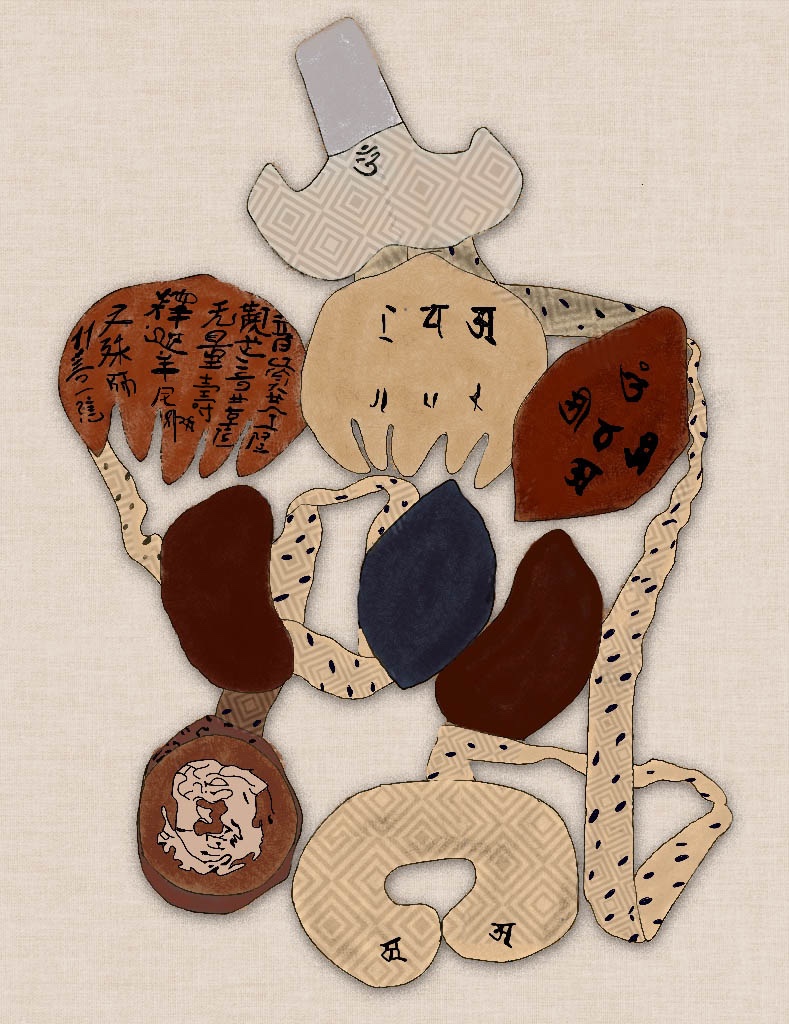
The Buddha’s Guts Digital rendition by Stella Thumiger after ‘ The viscera models in the statue of Sakyamuni’, Seiryōji Monestary, Kyoto (985) – In Medieval China, it was customary to put viscera models in Buddha statues. Some of them are still extent today. This one is the representative, which was brought to Japan from Taizhou, […]
ŠÀ, libbu
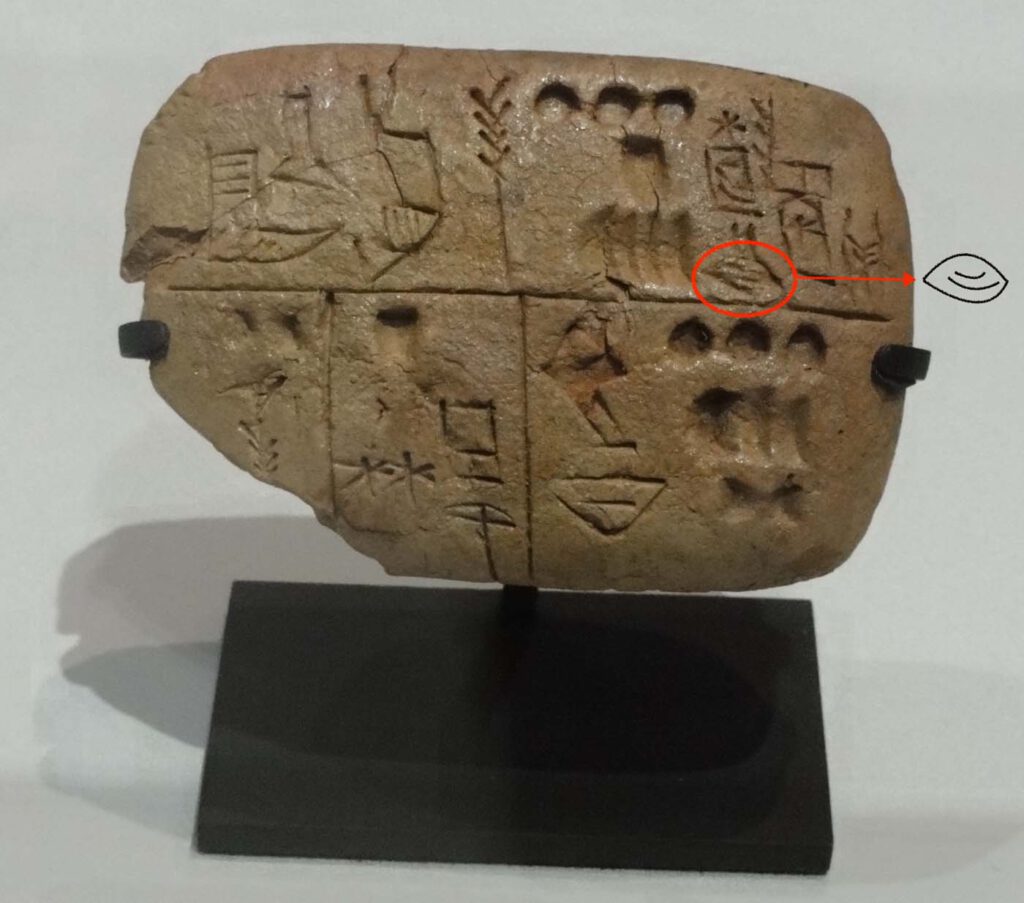
ŠÀ, libbu Detail of sign ŠÀ from AO 29561 (CDLI P005337) Photo: Louvre Museum, Paris, France.CC BY-SA 3.0 DE – The cuneiform sign ŠÀ, libbu in Akkadian, is a general term used to refer to the internal organs of the body, both animal and human. It is translated with “heart” (the original pictogram from which […]
kukkudru

kukkudru (Only known) drawing of the forth stomach of a sheep (abomasum) on the reverse of a clay tablet containing extispicy omens regarding the stomach of sacrificial sheep (kukkudru). Vorderasiatisches Museum, Berlin (Museum Number: VAT 13141 – Bab 36607), reverse. Photo: Staatliche Museen zu Berlin – Vorderasiatisches Museum / Olaf M. Teßmer – The reverse […]
Mask of Huwawa

Previous slide Next slide Mask of Huwawa Clay tablet depicting the face of the demon Huwawa (Humbaba), also rendering the intestines of a sheep inspected for divination. British Museum, London (Museum Number: BM 116624), obverse and reverse. Photos: © The Trustees of the British Museum.CC BY-NC-SA 4.0 – The coils of intestines reproduced on tīrānū-models […]
tīrānū
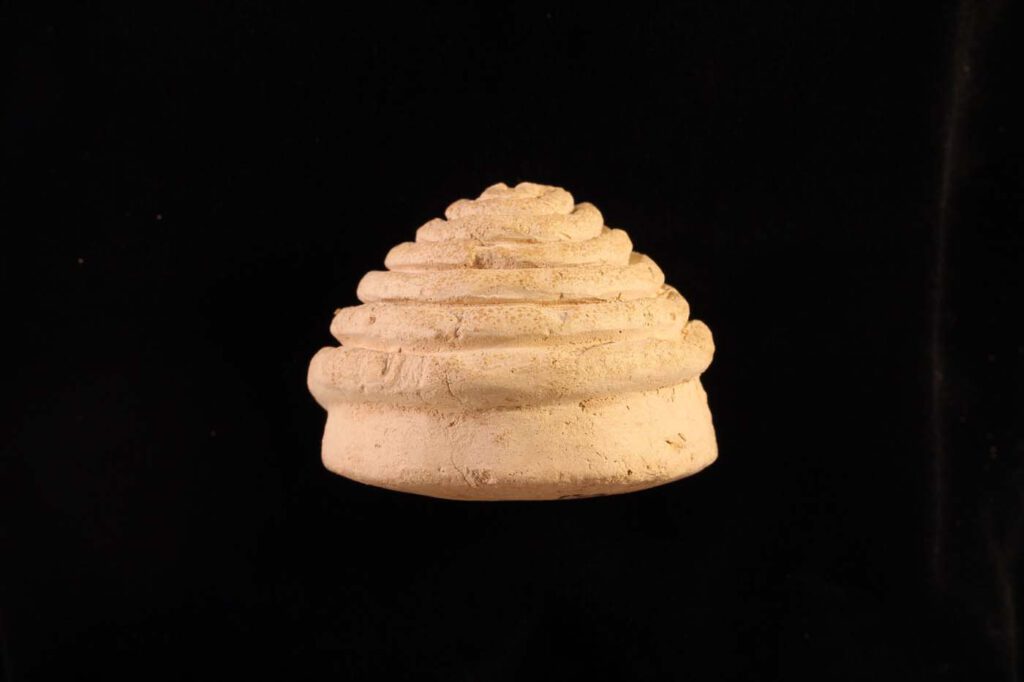
Previous Next tīrānū Clay tablet representing a conical model of tīrānū, sheep entrails. Yale Babylonian Collection, New Haven, Connecticut (Museum Number: YBC 3000; or CDLI no. P290764), side and top view. Photos: Yale Peabody Museum of Natural History.CC0 1.0 Universal (CC0 1.0) – The clay model YBC 3000 is a plastic rendering of tīrānū, sheep entrails, […]
Diagrams of the internal organs
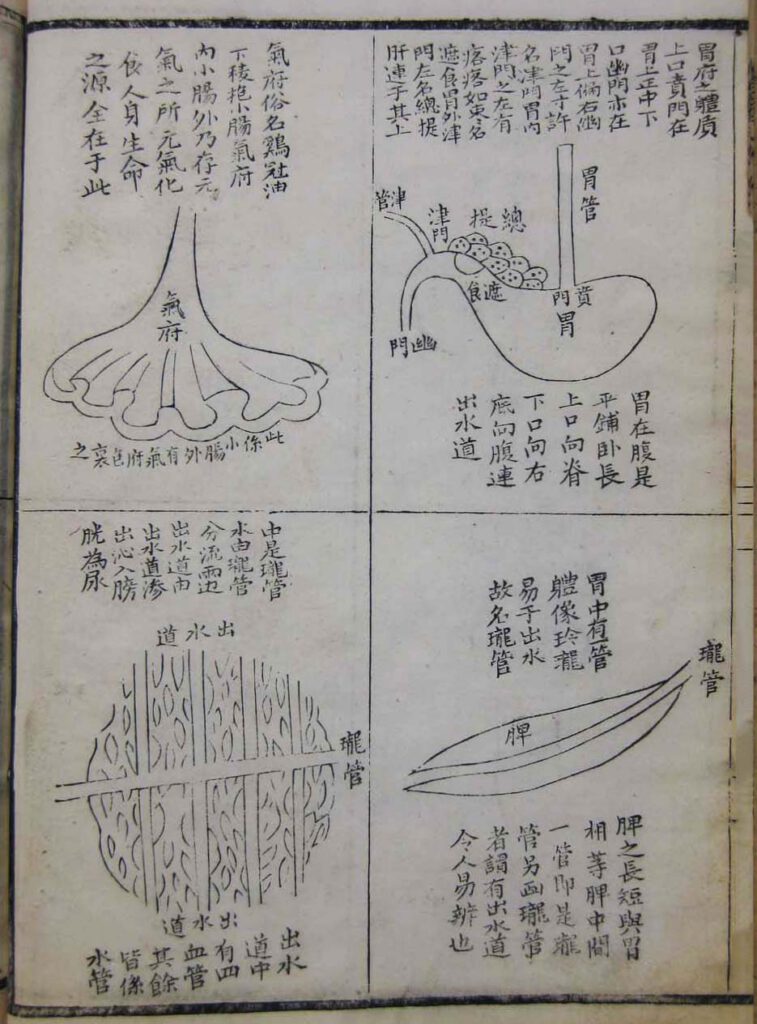
Diagrams of the internal organs from Wang Qingren (1768-1831), Correcting the Errors of Doctors (Yilin gaicuo), first printed in 1830. Jinqi shuye deji woodblock edition, 1847. In the library collection of the Needham Research Institute – Besides revising older depictions of the organs, Wang focused attention on structures that had not been previously discussed in medical […]
Diagram of the heart
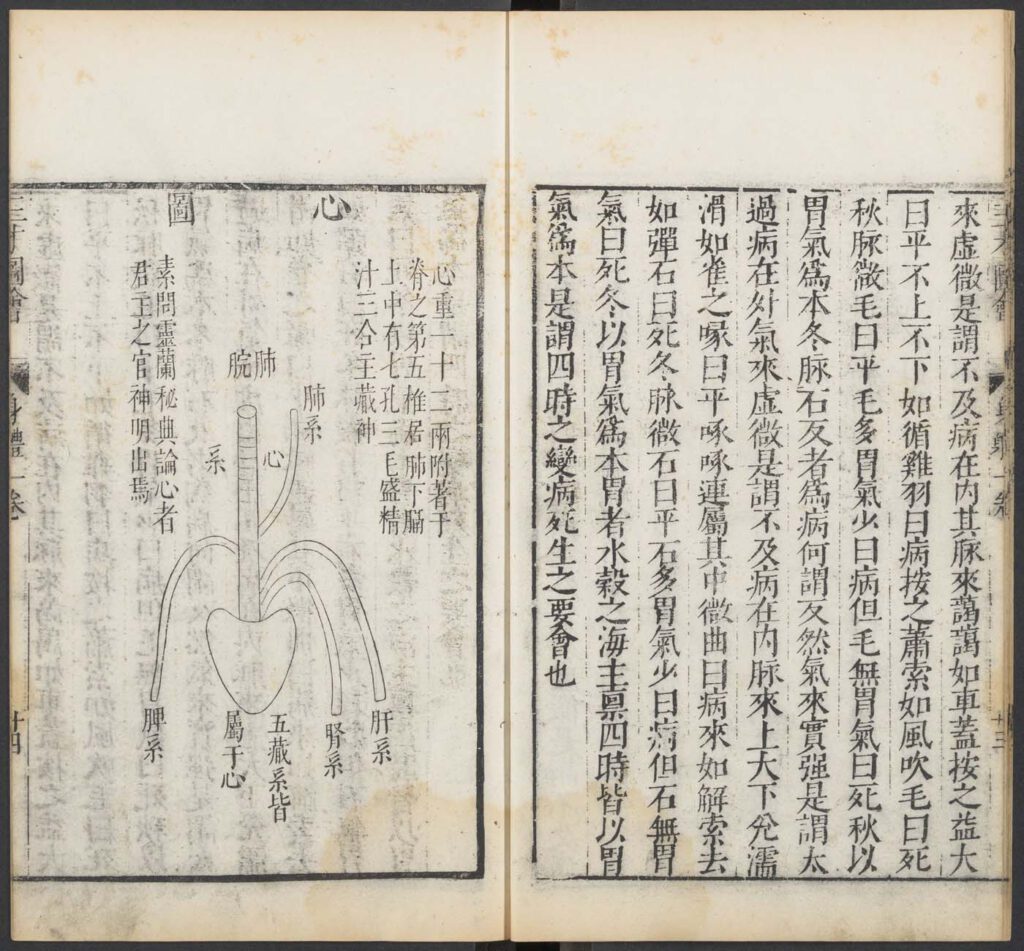
Diagram of the heart from Wang Qi (jinshi degree holder of 1565), Collected Diagrams of Heaven, Earth, and Man (Sancai tuhui), Chongzhen reign (1628-44) reprint of 1609 edition. In the collection of the Harvard-Yenching Library, Harvard University – This famous encyclopedia was a collection of illustrations of myriad aspects of the “three realms” of Heaven, […]
